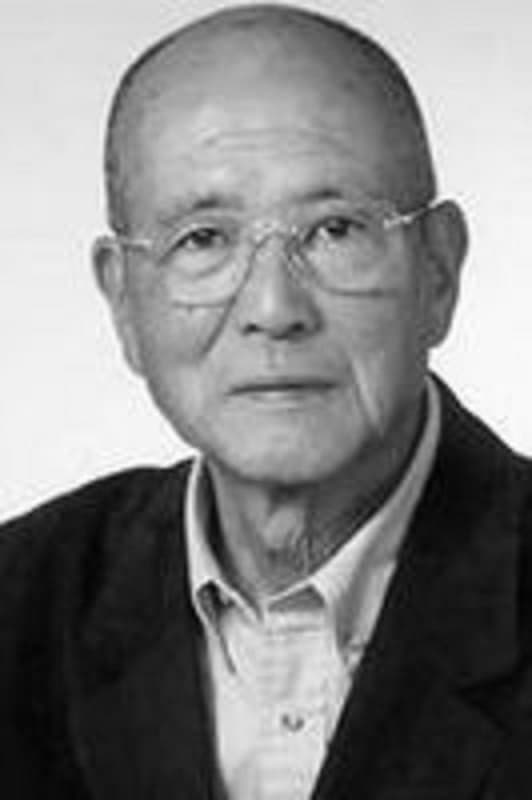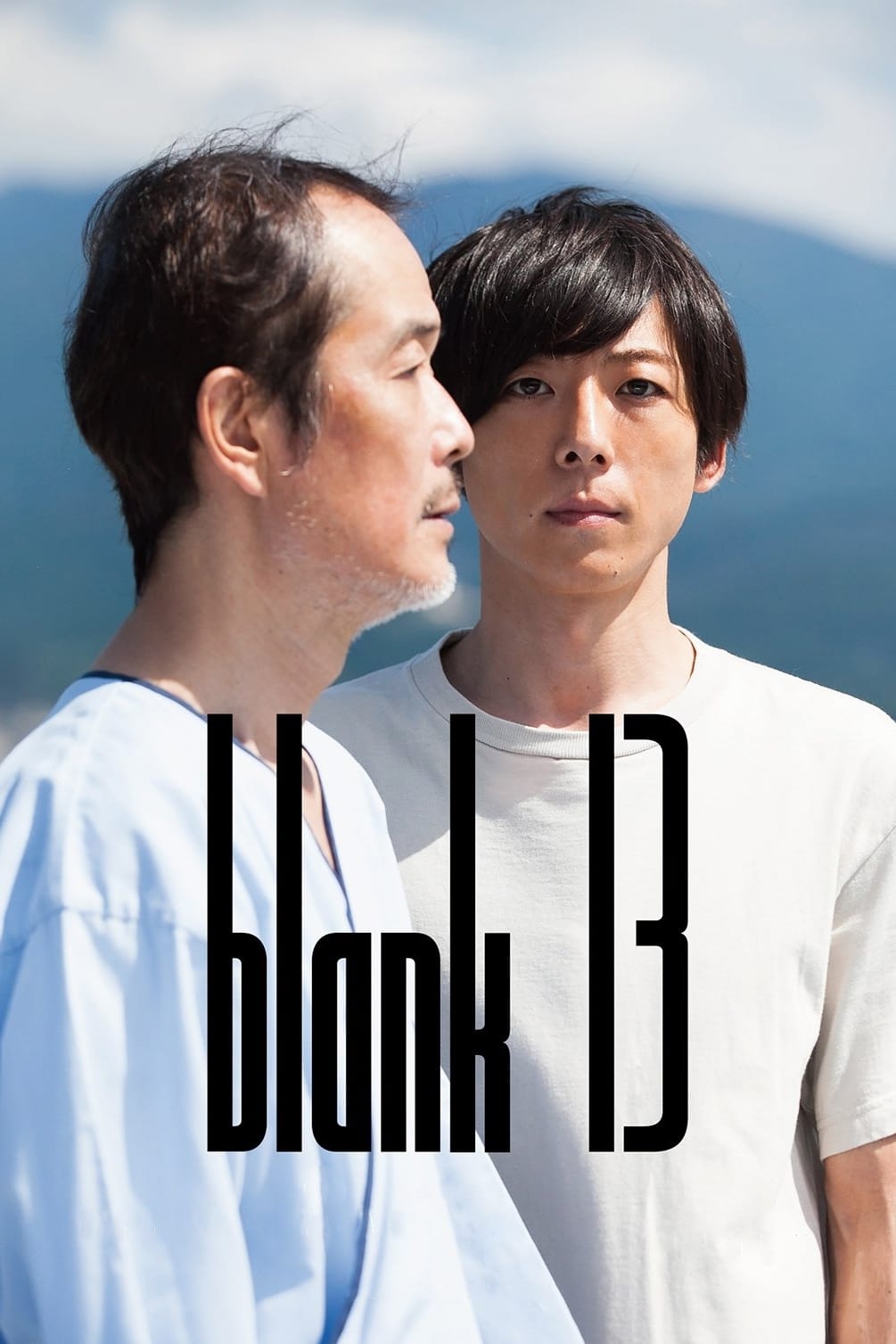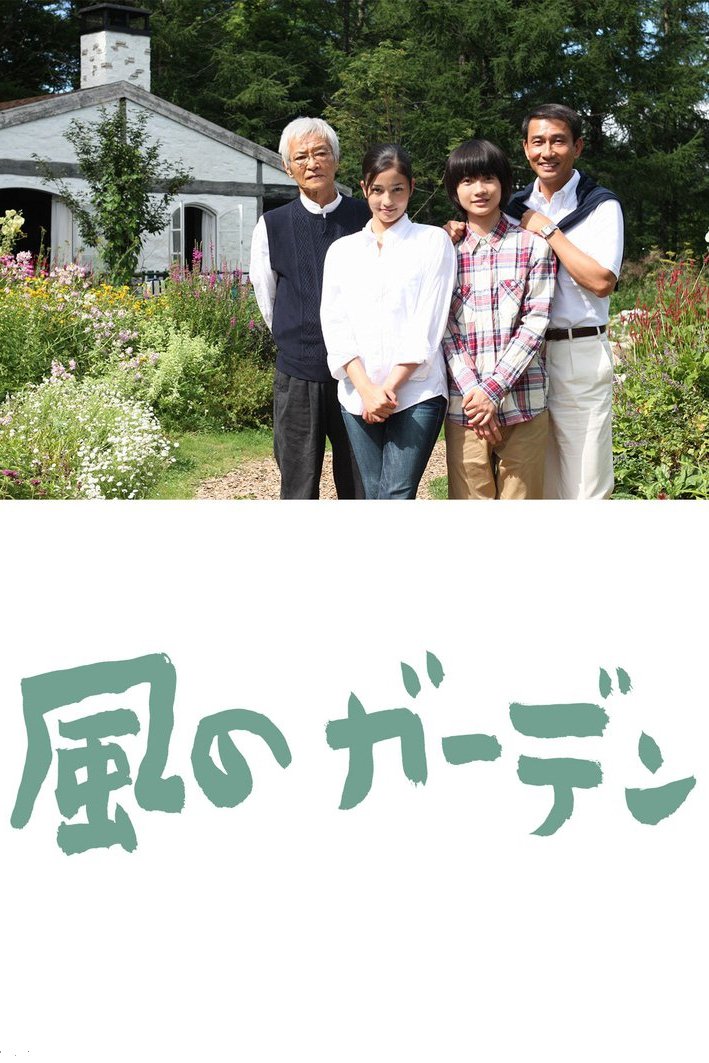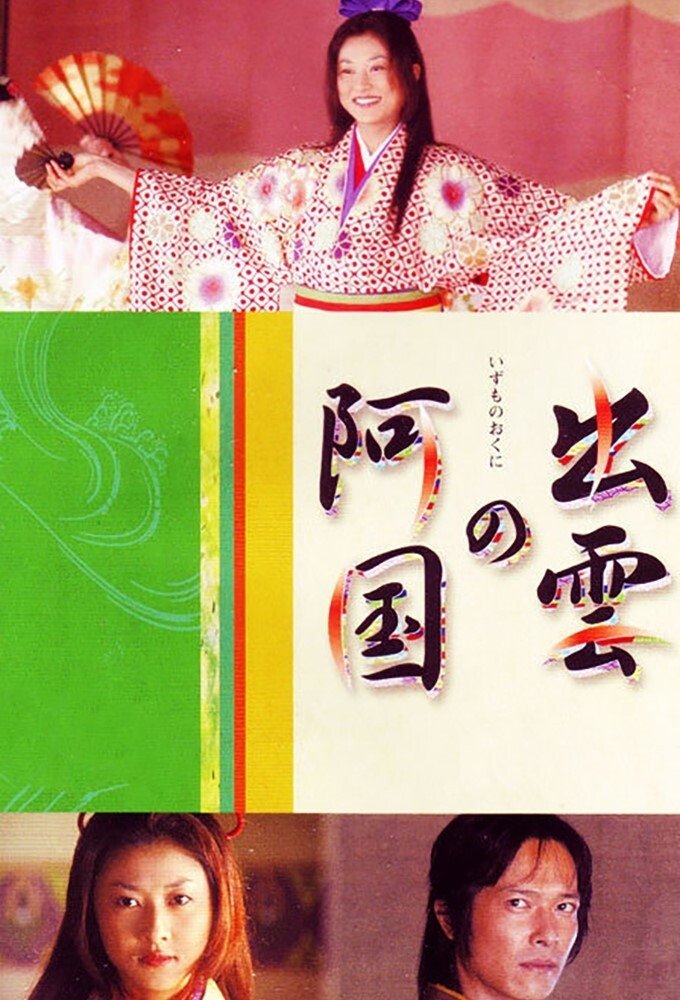

Thirteen years after abandoning his wife and two sons by stepping out for a pack of cigarettes and never returning, deadbeat gambler Masato dies of stomach cancer. At his funeral, a motley crew of fellow mahjong players, pachinko parlor employees and former drinking buddies gather to pay their respects and tell stories, revealing aspects of Masato’s life that complicate his sons’ resentment towards him.

University student Sugishita Nozomi, Naruse Shinji, Ando Nozomi and Nishizaki Masato end up coming upon the scene of the murder of the Noguchi couple, because of a plan they had devised. Nishizaki is arrested at the scene and is given a 10-year prison term because of his voluntary confession. 10 years later, Takano Shigeru, a former police officer who has misgivings about the verdict of this case, starts to pursue the truth. He is convinced that it all began as a result of an incident caused by Nozomi and Naruse on an island in the Seto Inland Sea in the summer 15 years. “They committed a crime at that time. It was for the sake of each N.”


The lead, Dr. Sadami Shiratori worked in the operating room at a famous Tokyo hospital was around death on a daily basis. His own father, Teizo Shiratori is also a doctor, called Grandfather as he raised the estranged children of his wayward son, he practiced medicine in a small town on Hokkaido, Japan’s most northern island. His practice was limited only to terminal patients…in their own homes. He cared for them and helped both them and their families prepare for the ‘final journey’.

Izumo no Okuni was born about 1571. This time period in Japanese history was fraught with struggle. It was known as the Period of Warring States, that is, the land barrons (daimyo) fought against one another for power. Her father was a blacksmith for the Izumo Grand Shrine and, consequently, the family served as well. It was a custom to send priests and young women, such as Buddhist nuns, among others to solicit contributions. Izumo was sent to Kyoto to perform sacred dances and songs. Her Okuni Kabuki was known and applauded throughout the land. After 25 years she retired.